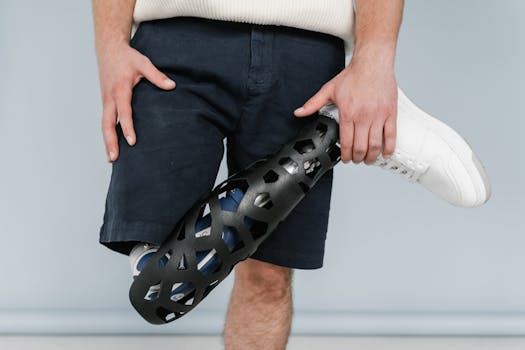
“
Innovations in Medical Technology: Past, Present, and Future
Medical technology has undergone significant transformations over the years, revolutionizing the way healthcare is delivered. Innovations in medical technology have improved patient outcomes, enhanced the quality of care, and increased access to medical services. In this article, we will delve into the past, present, and future of medical technology, highlighting key innovations and their impact on the healthcare industry.
Past Innovations in Medical Technology
The history of medical technology is marked by numerous breakthroughs that have shaped the course of medical practice. Some notable past innovations include:
- X-rays and Imaging Technologies: The discovery of X-rays by Wilhelm Conrad Röntgen in 1895 marked the beginning of a new era in medical imaging. Later, technologies like computed tomography (CT) scans, magnetic resonance imaging (MRI), and positron emission tomography (PET) scans further enhanced diagnostic capabilities.
- Antibiotics and Vaccines: The development of antibiotics and vaccines has been crucial in the fight against infectious diseases. Penicillin, discovered by Alexander Fleming in 1928, was the first antibiotic, while vaccines like the polio vaccine have saved millions of lives.
- Cardiovascular Interventions: The introduction of coronary artery bypass grafting (CABG) and percutaneous transluminal coronary angioplasty (PTCA) has significantly improved the treatment of cardiovascular diseases.
Present Innovations in Medical Technology
Today, medical technology continues to evolve at a rapid pace, with ongoing innovations in areas such as:
- Artificial Intelligence and Machine Learning: AI and ML are being applied in medical imaging, disease diagnosis, and personalized medicine. These technologies have the potential to improve diagnostic accuracy, streamline clinical workflows, and enhance patient care.
- Telemedicine and Remote Monitoring: Telemedicine has expanded access to healthcare services, especially for rural and underserved populations. Remote monitoring technologies, such as wearable devices and mobile health applications, enable continuous patient monitoring and early intervention. Learn more about wearable tech innovations.
- Genomics and Gene Editing: Advances in genomics and gene editing technologies, like CRISPR/Cas9, hold promise for the treatment and prevention of genetic diseases.
Future Innovations in Medical Technology
As medical technology continues to advance, we can expect significant developments in areas such as:
- Personalized Medicine and 3D Printing: Personalized medicine will become increasingly prevalent, with tailored treatments and therapies based on individual genetic profiles. 3D printing will enable the creation of customized prosthetics, implants, and organs.
- Augmented Reality and Virtual Reality: AR and VR will revolutionize medical education, training, and patient care. These technologies will enhance simulation-based training, improve patient engagement, and facilitate remote consultations.
- Nanotechnology and Robotics: Nanotechnology will enable the development of targeted therapies and minimally invasive procedures. Robotics will improve surgical precision, reduce recovery times, and enhance patient outcomes.
Conclusion
In conclusion, innovations in medical technology have transformed the healthcare landscape, improving patient outcomes, enhancing the quality of care, and increasing access to medical services. As we look to the future, it is essential to continue investing in medical research and development, fostering collaboration between healthcare professionals, researchers, and industry stakeholders. By doing so, we can unlock the full potential of medical technology and create a brighter, healthier future for all. For more insights into how technology is shaping our lives, check out lifestyle trends.





